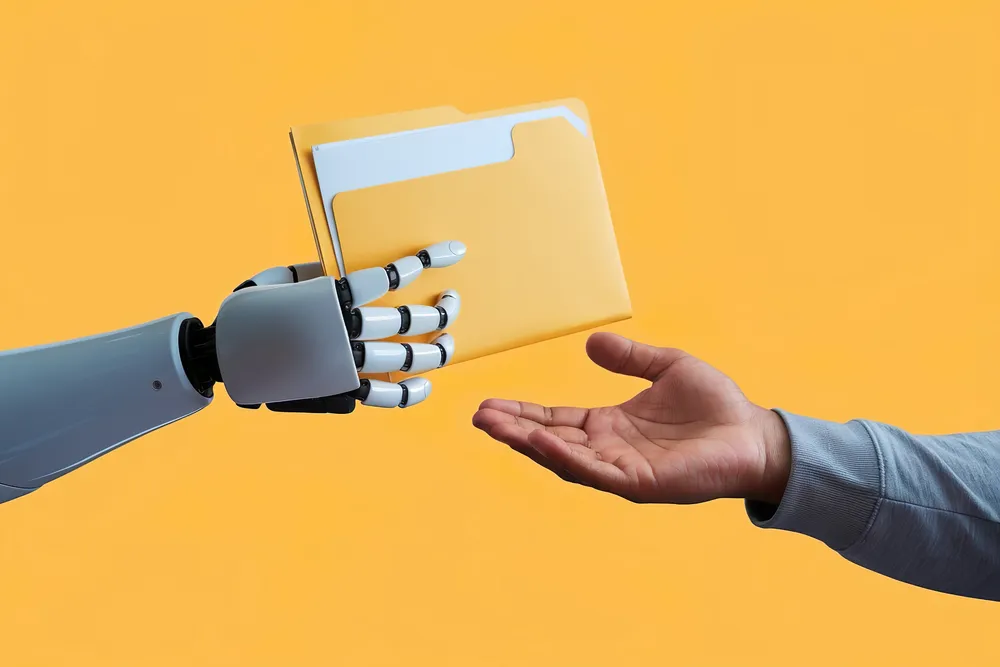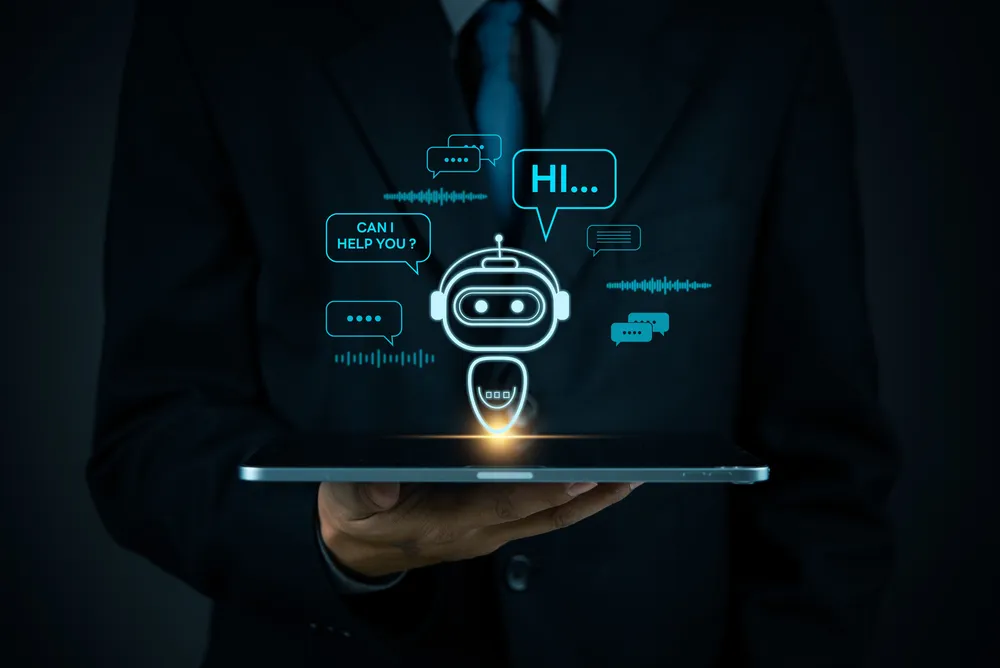Custom AI Integration: The Complete Beginner-Friendly Guide
Artificial Intelligence (AI) is no longer just a futuristic idea. It’s already here — from the voice assistants on our phones to recommendation engines that suggest what to watch or buy. Businesses everywhere are exploring AI to stay competitive, improve efficiency, and serve customers better.
But here’s the problem: off-the-shelf AI tools are often too generic. They work, but only in a limited way. Businesses with unique processes and data quickly realize that these tools don’t fit their needs.
That’s where custom AI integration comes in. Instead of using AI exactly as it comes out of the box, businesses tailor it to match their systems, data, and goals.
In this guide, we’ll explore:
- What custom AI integration means
- Why businesses choose it over ready-made tools
- The challenges and how to overcome them
- Real-world examples across industries
- A simple step-by-step integration process
- Best practices for success
- The next stage in the AI journey

What Is Custom AI Integration?
At its core, custom AI integration means embedding AI into your existing systems and workflows in a way that’s designed for your business alone.
Off-the-shelf AI → Like buying a suit from a store. It fits okay but not perfectly.
Custom AI → Like getting a tailored suit. It’s made to measure, fits better, and adapts as you change.
For example:
- A hospital chatbot trained to handle medical questions and connect with hospital records.
- An e-commerce store recommendation system that uses its own purchase history, not a general model.
- A bank fraud detection system built on its unique transaction patterns.
Custom AI doesn’t just add intelligence — it makes AI work exactly for your needs.
Why Do Businesses Need Custom AI?
Here are the main reasons businesses go custom instead of relying on generic tools:
1. Fits Your Workflow
Every company runs differently. Custom AI adapts to your processes instead of forcing you to change them.
2. Maximizes ROI
You only build what you need. No wasted money on features that don’t matter to you.
3. Scales With Growth
As you expand, custom AI can expand too — handling more data, more users, or more tasks.
4. Builds Competitive Advantage
Generic tools are available to everyone. Custom AI gives you something competitors can’t easily copy.
5. Meets Compliance and Security Needs
Especially in industries like healthcare and finance, AI must respect privacy rules and regulations. Custom integration ensures data is handled correctly.
Challenges of Custom AI Integration
Custom AI is powerful, but it’s not plug-and-play. Here are common hurdles:
- Messy data: AI works best on clean, structured data. Many companies struggle here.
- Compatibility issues: Legacy systems may not connect easily with modern AI tools.
- Cost and time: Building custom solutions takes upfront investment.
- Skill gap: AI engineers are still in short supply.
- Adoption challenges: Employees may resist new AI-driven workflows.
Planning carefully and following a structured process can help overcome these challenges.
Industries That Benefit from Custom AI
Custom AI is not just for tech giants. Almost every industry can see value.
Healthcare
- AI-powered diagnosis: Trained on hospital data to detect diseases faster.
- Smart scheduling: Optimizing doctor availability, patient appointments, and equipment usage.
- Predictive analytics: Reducing patient readmission rates by identifying high-risk patients.
E-commerce & Retail
- Personalized recommendations: Showing products based on your customers, not generic trends.
- Inventory management: Predicting what products will sell in each season.
- Brand-specific chatbots: AI that communicates in your brand’s voice.

Banking & Finance
- Fraud detection: Customized to the bank’s own transaction patterns.
- Credit scoring: Assessing risk using proprietary customer data.
- AI advisors: Offering personalized financial guidance.
Real Estate
- Property valuation: Predicting prices based on local market trends.
- Lead qualification: Filtering out cold leads to save time.
- Virtual tours: AI assistants guiding potential buyers.
Manufacturing & Supply Chain
- Predictive maintenance: Preventing breakdowns before they happen.
- Supply chain optimization: Managing multiple vendors efficiently.
- Demand forecasting: Balancing production with market demand.
Step-by-Step Guide to Custom AI Integration
Here’s a simple roadmap that businesses can follow:
Step 1: Define the Goal
Be crystal clear: What problem are you solving? Is it customer support? Reducing downtime? Boosting sales?
Step 2: Assess Your Data
Check where your data lives, how clean it is, and whether you have enough of it.
Step 3: Pick the Right AI Type
Predictions → Machine Learning models.
Text understanding → Natural Language Processing (NLP).
Image recognition → Computer Vision.
Step 4: Design the System
Decide how AI will connect with your existing software (via APIs, cloud, or local systems).
Step 5: Build and Train Models
Use your data to teach the AI how your business works.
Step 6: Connect It to Your Tools
AI must “talk” to CRMs, ERPs, or apps you already use. For hands-on help, see our Custom AI Integrations service.
Step 7: Test Thoroughly
Check accuracy, speed, and reliability with real users. Run small pilot tests before full deployment.
Step 8: Launch in Phases
Start small. Roll out to one team or one department first, then scale gradually.
Step 9: Improve Continuously
AI is never finished. Update models regularly as your data and needs change.
Best Practices for Success
- Start small: Focus on one high-impact area and prove value first.
- Clean your data: The better your data, the smarter your AI.
- Focus on people: Train employees and explain how AI helps them, not replaces them.
- Measure results: Track time saved, revenue gained, or customer satisfaction.
- Iterate: AI integration is an ongoing process, not a one-time project.
Key Takeaways to Reflect On
- AI is already here, but generic tools only scratch the surface.
- Custom integration is what turns AI from a nice-to-have into a game-changer.
- Every industry — from hospitals to retail stores — has untapped opportunities to apply AI in unique ways.
- Integration is not an end state. It’s a continuous cycle of learning, adapting, and improving.
Food for Thought
- What everyday tasks in your business still rely heavily on human effort but could be guided by AI?
- If you trained AI on your company’s data, what insights might it discover that you’ve been overlooking?
- How will industries look when custom AI becomes as common as spreadsheets or email?
- Are we heading toward a world where every company has its own specialized AI assistant?

What’s Next in the AI Journey?
Custom AI integration isn’t the finish line. It’s the foundation for much bigger shifts that are only beginning to unfold:
Systems that predict, not just analyze
Imagine AI platforms that don’t just explain what happened yesterday but give you real-time foresight into tomorrow’s risks and opportunities.
Workplaces where complexity disappears
AI will quietly handle scheduling, data crunching, and operational chaos — leaving humans free to focus on strategy, relationships, and creative problem-solving.
Industries reshaped from the ground up
Just as the internet redefined retail, banking, and media, AI integration will rewrite how entire sectors function. Business models that rely on manual processes today may vanish within a decade.
The real question isn’t whether custom AI will transform businesses. It’s how quickly organizations are willing to embrace it and what opportunities they might miss if they wait too long.
